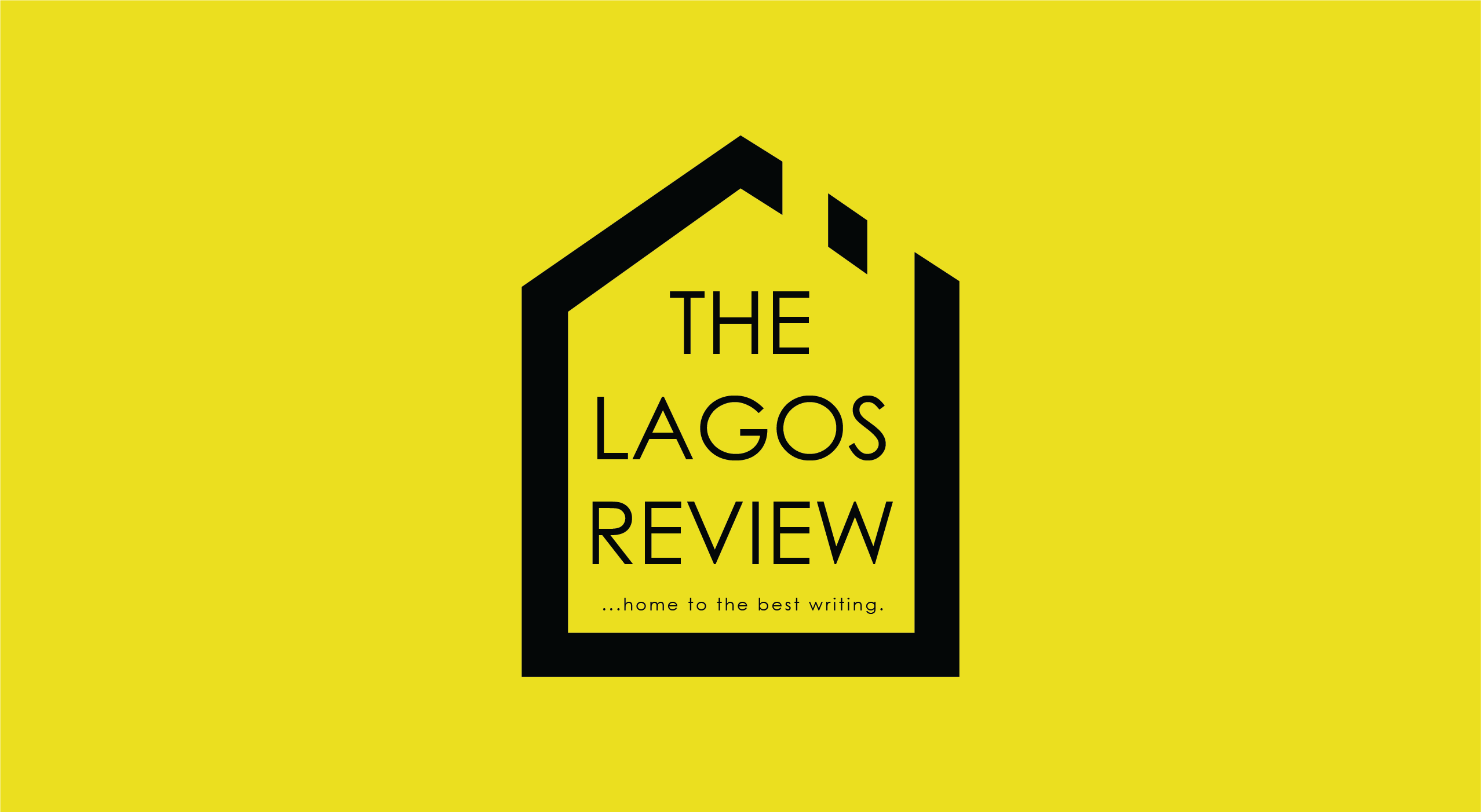This October, Tate Modern reintroduces Nigerian Modernism to the world. The exhibition cements its place in history as a valuable centre of modernism, alongside Paris, London, and New York.
This landmark show spans 50 years, from the 1940s, featuring 250 pieces from 50 artists. Until now, the story of modern art was viewed largely through Eurocentric lens. This exhibition aims to shatter that view with profound evidence.
Nigerian modernism reveals an artistic trajectory that was every bit as radical, inventive, and self-aware as anything in the West. It was shaped by a defiant synthesis of inherited tradition and global contemporary thought.
The exhibition’s lead, curator Osei Bonsu, and assistant curator, Bilal Akkouche, present a compelling entry to art history. They showcase a more diverse and complex series of happenings around the modernist art movement.
Modernism was a broad global movement that built on ideas of cultural progress from the late 1800s through the early 1900s all the way to the 1960s or 1970s. This period covered popular movements such as Impressionism, Fauvism, Cubism, and Dadaism.
The art works in this show reveal that modernism became a global conversation, far beyond European borders. Just as global modernists reacted to landmark political events like the World Wars, so did the Nigerian modernists. Their journey spanned enduring years of British colonialism, where art schools enforced foreign aesthetic supremacy, through to post-independence and beyond, influencing artists in the diaspora.
The curator lays out the exhibition in nine rooms, which serve as time capsules of themes. This structure helps fully illustrate the brilliance of the art and their artists. Each room represents the multi-dimensionality of Nigeria as an amalgam of numerous cultures, uniting to form an artistic movement as rich and complex as the story of the nation itself.
The narrative starts in the first gallery room with Aina Onabolu and Akinola Lasekan. Onabolu pioneered a new figurative style, using European techniques to celebrate the dignity of Lagos society. Lasekan painted the richness of Yoruba legends and history instead of Eurocentric subjects. They turned portraiture into an act of cultural sovereignty.
The second gallery room centres on the work of Ben Enwonwu. Known primarily as a sculptor, his paintings feature notable masquerade dancers and portraits. The exhibition documents his artistic interaction with sculptor Ben Epstein. The centrepieces are wooden carvings of figures reading newspapers that appear like wings.

The third room is solely dedicated to the works of master potter Ladi Kwali. She famously combined traditional Gwari pottery techniques with European studio pottery after training under British potter Michael Cardew in Abuja. Her works became a statement in modernism, elevating pottery from a craft to an art form.

Bursting through the fourth room, visitors are surrounded by the works of the Zaria Art Society. Figures like Uche Okeke and Yusuf Grillo developed the philosophy of “Natural Synthesis” in 1958. This philosophy rejected the Eurocentric curriculum of their college. They chose to incorporate motifs and ideas from various local cultural traditions. The Zaria Art Society rooted its members in strong academics and various political views.
Dr. Bruce Onobrakpeya, a later addition to that group, is an artist and educator in his 90s, still producing work and mentoring the current generation of artists. His continuing legacy includes the Harmattan Workshop, a residency that has turned into a rite of passage for Nigerian artists. This room is full of connections to the Zaria Art Society, featuring a figure like Jimo Akolo, who painted in the 1960s in London. The wall also holds cover artwork from Black Orpheus, a literary magazine of the Mbari Club co-founded by Ulli Beier. Some magazine covers were designed by Onabrakpeya.

On the adjacent wall, a cluster of works by non-Nigerian artists who interacted with Nigerian modernists are displayed. Works from Avinash Chandra, Naoko Matsubara, Ahmad Shibrain, and Ibrahim El-Salahi showcase what Bonsu describes as “polyphonic networks”, representing transnational cooperation and interaction with Nigerian modernists.
Room five holds works of Lagos, written in its traditional Yoruba name, Eko. It features historic photographs of Lagos landmarks in the 1960s and eight stunning photographs from J.D. Okhai Ojeikere depicting traditional hairstyles of Nigerian women. This room truly captures the sense of Nigeria’s party scene in Lagos during the 1960s, with “radio” tunes playing “Taxi Driver”, a hit from that era by Bobby Benson. LP album covers of highlife music sit next to Ojeikere’s photographs.

Rooms six and seven are linked “spiritually” yet separated in demarcation. Susanne Wenger’s New Sacred Art Movement drew on Yoruba deities to restore the Osun-Osogbo Sacred Grove. Jimoh Buraimoh is a prominent figure to emerge from Ulli Beier and Susan Wenger’s workshops. He also connected with the Oshogbo Art School, where non-classically trained artists like Twins Seven Seven, Jacob Afolabi, and Nike Davies-Okundaye created works steeped in personal mythology.
This demonstrates how a section of modernism in Nigeria embraced ritual and belief. This stands in sharp contrast to European modernism’s often secular, rationalist impulses.

Room eight contains the story of the Nigerian Civil War of 1967, which casts a long shadow on the nation. The revival of uli, which are linear Igbo designs traditionally created by women, takes on profound significance in works by artists from the Nsukka School. Obiora Udechukwu and others transformed these inherited visual languages into vehicles for processing trauma and loss, reclaiming ancestral culture even as the nation fractured. These works rank among the exhibition’s most moving, their geometric patterns holding both beauty and grief.
The show concludes in Room nine with Uzo Egonu’s Stateless People series, shown together for the first time in 40 years. Living in Britain since the 1940s, Egonu painted from the complex vantage point of the expatriate. His canvases are filled with nostalgia and dislocation. Each painting depicts a single figure: a musician, artist, or writer that embodies the growing Nigerian diaspora. The work highlights the tension between rootedness and mobility that would only intensify in subsequent decades.
This exhibition is ambitious in scope. While it is only a glimpse of Nigerian cultural identity, it makes a powerful statement by focusing its selection.

Tate Modern presents the exhibition in partnership with Access Holdings and Coronation Group with support from the Ford Foundation and The Andy Warhol Foundation for the Visual Arts. With additional support from the Nigerian Modernism Exhibition Supporters Circle, Tate International Council, Tate Patrons and Tate Americas Foundation.
The Chief Marketing and Communication Officer of Coronation Group, Ngozi Akinyele, calls this exhibition a “cultural restoration in real-time”. Any Nigerian lucky enough to experience the show may have to agree. Nigeria has been brought to the world stage of art as a collective rather than through the recognition of select icons.
Nigerian Modernism aptly redefines global modernism by giving us a new and noteworthy take that decentres Eurocentric narratives. The exhibition signposts a great opportunity for contemporary Nigerian artists, at home and in the diaspora, to ride the wave of this important moment.
The show serves as a platform for the saga of the Nigerian story. Nigeria has come to mean a place, both metaphorical and geographic, that is an entity of complicated paradoxical complexities.
***Segun Ade-Martins is an audio-visual artist and writer weaving human stories through poetry, fiction, and culture. catch him on X @dreamsmartins





